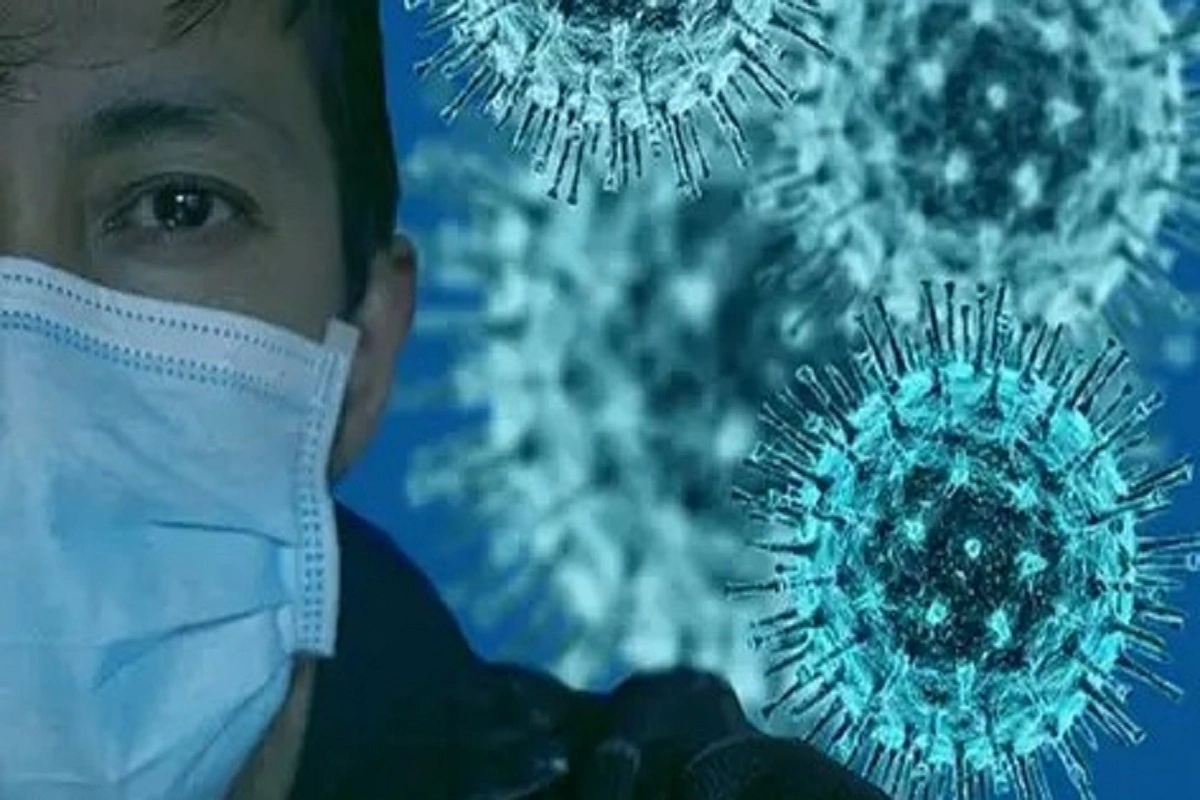
Active Covid cases dip to 2,687
A study of over 10,000 Americans that try to shed light on the mysterious syndrome found that 10% of individuals appear to experience prolonged COVID following an omicron infection, a lower proportion than earlier in the pandemic.
The catch-all term for the sometimes burdensome health issues that can persist for months or years after even a mild case of COVID-19, long COVID, is highlighted by a dozen symptoms that stand out in the study’s preliminary findings from the National Institutes of Health.
Worldwide, millions of people have long-term COVID, which can present with a wide range of symptoms, including fatigue and mental fog. Scientists are still unsure of its causes, why some people are more susceptible than others, how to treat it, or even how to properly diagnose it. For research to find those answers, a better definition of the condition is essential.
“Sometimes I hear people say, ‘Oh, everybody’s a little tired,'” said Dr. Leora Horwitz of NYU Langone Health, one of the study authors. “No, there’s something different about people who have long COVID and that’s important to know.”
The new study, which was released on Thursday in the Journal of the American Medical Association, compares more than 8,600 adults who had COVID-19 at various times during the pandemic to another 1,100 people who had not been exposed to the virus.
According to some estimates,
One in three COVID-19 patients had a long COVID. That is comparable to NIH study participants who claimed to have fallen ill prior to the omicron variant’s start of spread in the United States in December 2021. At the time the study was launched, researchers noted that participants may have been more likely to enrol if they had long-standing COVID symptoms.
However, after the study began, 2,230 patients had their first coronavirus infection, allowing them to report symptoms in real time. However, only 10% of these patients went on to experience long-lasting symptoms.
Previous studies have suggested that since the emergence of omicron, the risk of long COVID has decreased; however, its offspring are still spreading.
How to recognise and assist those who already have long COVID is the more important question.
Twelve symptoms, including fatigue, brain fog, dizziness, gastrointestinal symptoms, heart palpitations, sexual difficulties, loss of smell or taste, thirst, chronic cough, chest pain, worsening symptoms after activity, and abnormal movements, were the focus of the new study.
The researchers assigned scores to the symptoms, seeking to establish a threshold that eventually could help ensure similar patients are enrolled in studies of possible long COVID treatments, as part of the NIH study or elsewhere, for apples-to-apples comparison.
Horwitz stressed that doctors shouldn’t use that list to diagnose someone with long COVID — it’s a potential research tool only. Patients may have one of those symptoms, or many -– or other symptoms not on the list — and still be suffering long-term consequences of the coronavirus.
Everyone’s doing studies of long COVID yet “we don’t even know what that means,” Horwitz said.
Also read: German Chancellor Plans Talks With Vladimir Putin Despite Recession
To read more such news, download Bharat Express news apps








































